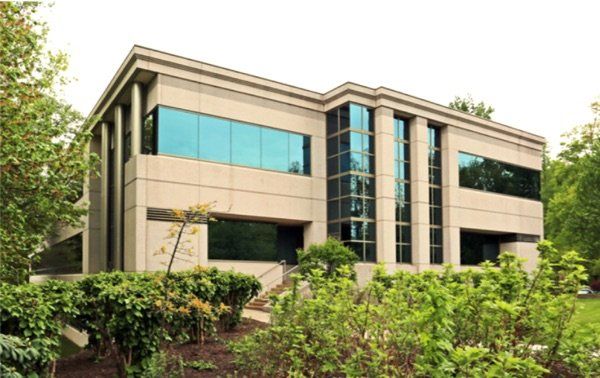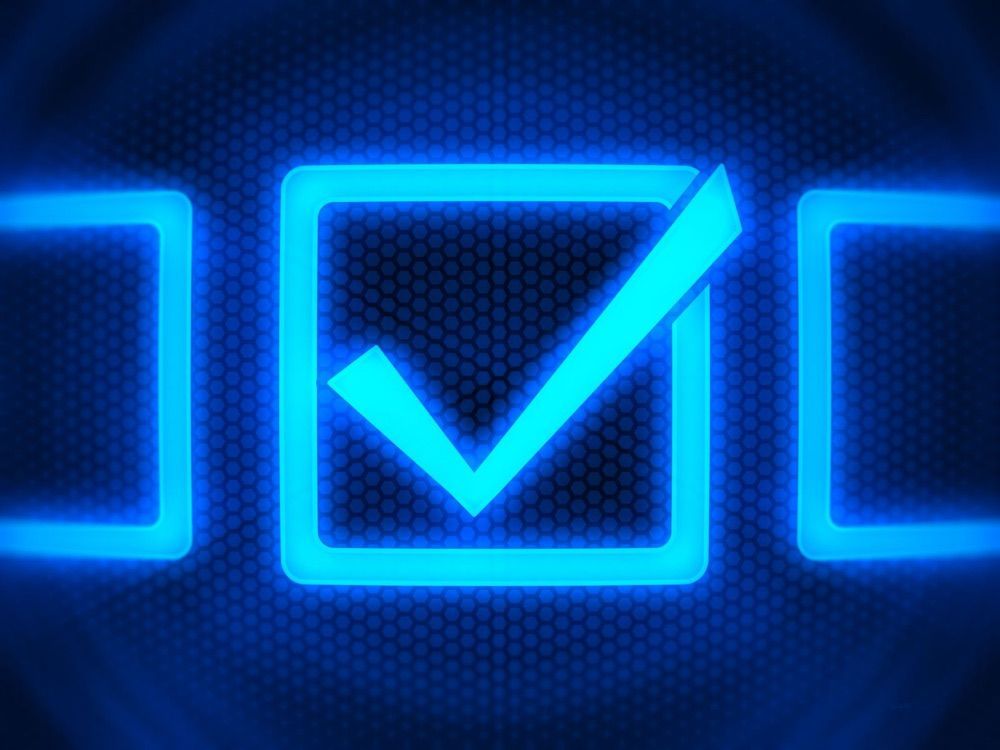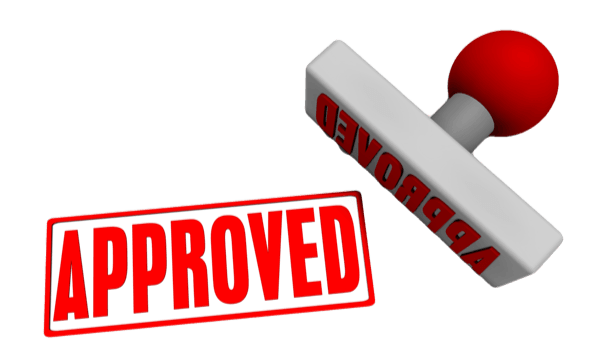Get the Best Rate on a Small Business Loan!
Loans from $5,000 to $5 million
APPLY NOWCall Now
877.433.4241
REPAY OVER
2 - 25 years
BUSINESS LOANS FROM
$5,000 - $5 million
INTEREST RATES
5.00% - 9.25%
Why Choose
American Capital Express?
American Capital Express?
We're Small Business Loan Brokers.
We Shop the Market For You!
At American Capital Express, we’re experts in finding you the best rates on small business loans, including SBA loans.
Whether you need $5,000 or $5 million, our independent loan brokers will research and compare competing lenders to get you the loan you need at a great rate.
So, don’t waste time shopping around – let the small business pros at American Capital Express do the work for you! Our process is fast, easy and efficient. It takes just a few minutes to get started.
3 Ways We Deliver for You
Best Loan Rates!
We’re loan brokers, so we’re free to shop for the best rate possible., leveraging our relationship with multiple lenders. Why work with one lender when we can work shop competing lenders for you?
Fast, Easy Loan Approval!
Our process is super quick and easy. We’ll get back to you with solid loan options in 24 hours or less.
What's the Best Type of Loan?
We'll Help You Decide.
We'll Help You Decide.
SBA Loan? Bank Term Loan? Short-Term Loan? Line of Credit?
There are advantages to each. We'll analyze your situation and help you choose the type of loan that's right for you.
Bank Term Loans: $5,000 - $5 million
Bank Term Loans:
$5,000 - $5 million
Occasionally an SBA loan is not the best fit for your needs. If you need money more quickly, or if you cannot currently qualify for an SBA loan, then a bank loan may be your best option. Here are some common uses for a bank term loan:
Equipment Loans
Get the equipment you need to improve efficiency and lower costs.
Working Capital Loans
Get the money needed to improve marketing, acquire inventory and hire staff.
Debt Refinancing Loans
Jettison your high-cost loans for a loan at a better interest rate or longer term.

Small Business Administration (SBA) Loans:
$30,000 - $350,000
$30,000 - $350,000
SBA loans are our specialty!
Here a the most common uses for an SBA loan.
Here a the most common uses for an SBA loan.
SBA Inventory Loans
Get the inventory needed to keep up with sales growth.
SBA Equipment Loans
Funding to buy equipment needed to lower costs and improve efficiency.
SBA Staffing Loans
Hire the staff to support your business.
SBA Marketing Loans
Increase your marketing efforts and grow your sales pipeline with a marketing loan.
SBA Business Expansion Loans
Add infrastructure to support your growing business with a working capital loan.
SBA Debt Refinancing Loans
Replace high-interest loans with a loan at a better interest rate.
SBA Commercial Real Estate Loans – 7(a)
$500,000 - $5 million
$500,000 - $5 million
Get an SBA loan to purchase owner-occupied commercial real estate.
Our process is quick and easy!
Our process is quick and easy!
Purchase a new property for your business
Why lease when you can build equity through purchasing your office building, production facility, or other commercial space?
Refinance Your Current Business Property Loan
Funding to buy equipment needed to lower costs and improve efficiency.
Additional Loan Options
Short-Term Loans
Business funding options continue to expand for fueling your business growth, including hiring employees, financing cash flow, buying equipment and inventory.
Short-Term Loan Benefits:
Short-term loans can be a good fit to manage seasonal cash flow needs, respond to an unexpected expense, or to take advantage of special pricing on inventory or other short-term assets.
Short-Term Loan Requirements:
If you meet these requirements then a short-term loan may be a good choice for you:
✅ At least $100,000 in annual revenue
✅ Credit score of about 600 or higher
✅ In business for a year or more, t
The American Capital Express Advantage
Short-term loans from ACE have the following advantages:
✅
Personal Touch:
Loan advisors are standing by to walk you through the process.
Loan advisors are standing by to walk you through the process.
✅
Just Right
We supply the needed funds on terms you’ll like.
We supply the needed funds on terms you’ll like.
✅
Quick and Easy
We offer quick funding and an easy loan application process!
We offer quick funding and an easy loan application process!
Contact us to learn more!
Business Line of Credit
A business line of credit is a popular choice for many small business owners, and is similar to a business credit card, and allows an open balance up to your credit limit. Unlike a term loan, there is no fixed monthly payment schedule, and interest is calculated on the amount owed, so payments are flexible. As you pay down the principal, your available line of credit increases, allowing you to use it again and again as needed. Fees vary by lender, so it’s important to understand the details.
Business Line of Credit Benefits:
A business line of credit can provide a fast, flexible solution for managing your short-term cash flow needs. Whether you are waiting for a key account to pay for a large order, have equipment in need of repair, are facing a payroll shortage, or a host of other challenges, your business line of credit can provide the financial cushion you need to manage unexpected demands on your cash flow.
It can also be used proactively to hire employees or to purchase inventory to meet growing customer demand, or to fund important marketing initiatives needed to spur sales growth.
Perhaps best of all, a business line of credit is as easy to use and understand as a business credit card.
Secured or Unsecured Business Line of Credit?
Secured:
With a secured line of credit, the borrower pledges assets against the loan as collateral for the loan. Those assets are forfeited up to the open loan amount if the borrower fails to repay the loan. Short-term assets like inventory or accounts receivable may be accepted as collateral because a business line of credit is typically used to fill short-term needs.
Unsecured:
Most business owners prefer an unsecured line of credit because they do not have to pledge assets as collateral. Because the lender is taking on more risk, the requirements for an unsecured line of credit are greater, and include good business and personal credit, and documented business revenue over a period of time. Interest rates tend to be higher, and loan limits lower than for a secured line of credit.
Business Line of Credit Requirements
✅ Collateral, which may include inventory, accounts receivable, equipment, real estate or other assets.
✅ In business for at least two years in most cases
✅ Financial statements and tax returns for at least two years
✅ Proof of business revenue, income and general financial health
✅ Loan guarantee, typically against your personal assets. If your business has a parent company, then the parent company may provide the guarantee.
✅ Financial ratio performance. Your lender will compare your financial ratios to standard ratios for other businesses like yours. Ratios include Current Ratio, Fixed Charge Coverage, Debt to Equity, and Debt Service Ratio.
Contact us to learn more!
Contact Us
American Capital Express
600 Eagleview Blvd., Suite 300, Exton, PA 19341
877.433.4241 | 610.337.2464
funding@AmericanCapitalExpress.com








